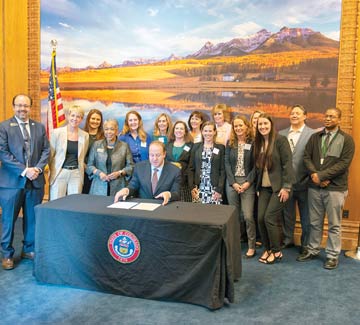In our situation, it was a PR effort of sorts to get smoke evacuation over the goal line. My partner in our smoke evacuation push, assistant nurse manager Jim Wade, RN, BSN, CN, and I often teamed up in a sort of "good cop, bad cop" routine (I was the bad cop) to get our message across. We went from discipline to discipline in our health system, evangelizing and winning hearts and minds to our cause. Our mix of sugar and spice proved effective.
We focused on finding surgeons to champion smoke evacuation. I tried to understand how a surgeon wouldn't want to protect their staff. People think surgeons are in the OR 40 hours a week; they aren't. Usually, it's once a week, so they aren't as affected by smoke as much as other surgical staff are.
My philosophy is to take an organic approach. You can't just tell surgeons they need to run this machine. You need frontline staff to explain it to them: "Hey, this is my health here. You can choose whether or not I breathe in these chemicals." It wasn't me going into ORs and shaming surgeons. It wasn't me putting a policy into place immediately. It was Jim and I letting it grow organically.
Jim would tell a surgeon, "Come in my office." We had all our articles geared toward surgeons ready to go, highlighted. One doctor took the articles home overnight; he'd been refusing smoke evac for over a decade. The next day, he called Jim and said, "Where's my smoke evacuator? You don't want me to expose all these people to surgical smoke, do you?" Many younger surgeons see the research and realize this could affect them, too, so they aren't as non-compliant.
We even played up the PR and marketing angle: How great would it be if our hospital was the first in the region to say we're smoke-free in the OR and on our campus. Mandatory smoke evacuation is going to be legislation soon, so why not just be compliant before that?
My advice: Educate from the bottom up and the top down, and meet in the middle. I ran continuing education in-services. I shared my research with anyone who asked — PowerPoints, countermeasures, barriers, chemical breakdowns, signs and symptoms. I met with all of the chief nursing officers in our system. One of the most powerful points I make is that an OR nurse breathes in the equivalent of 30 unfiltered cigarettes a day, and that over 150 chemicals have been identified in surgical smoke. That really opens eyes. Everybody's jaws dropped when I presented.
.svg?sfvrsn=be606e78_3)


.svg?sfvrsn=56b2f850_5)